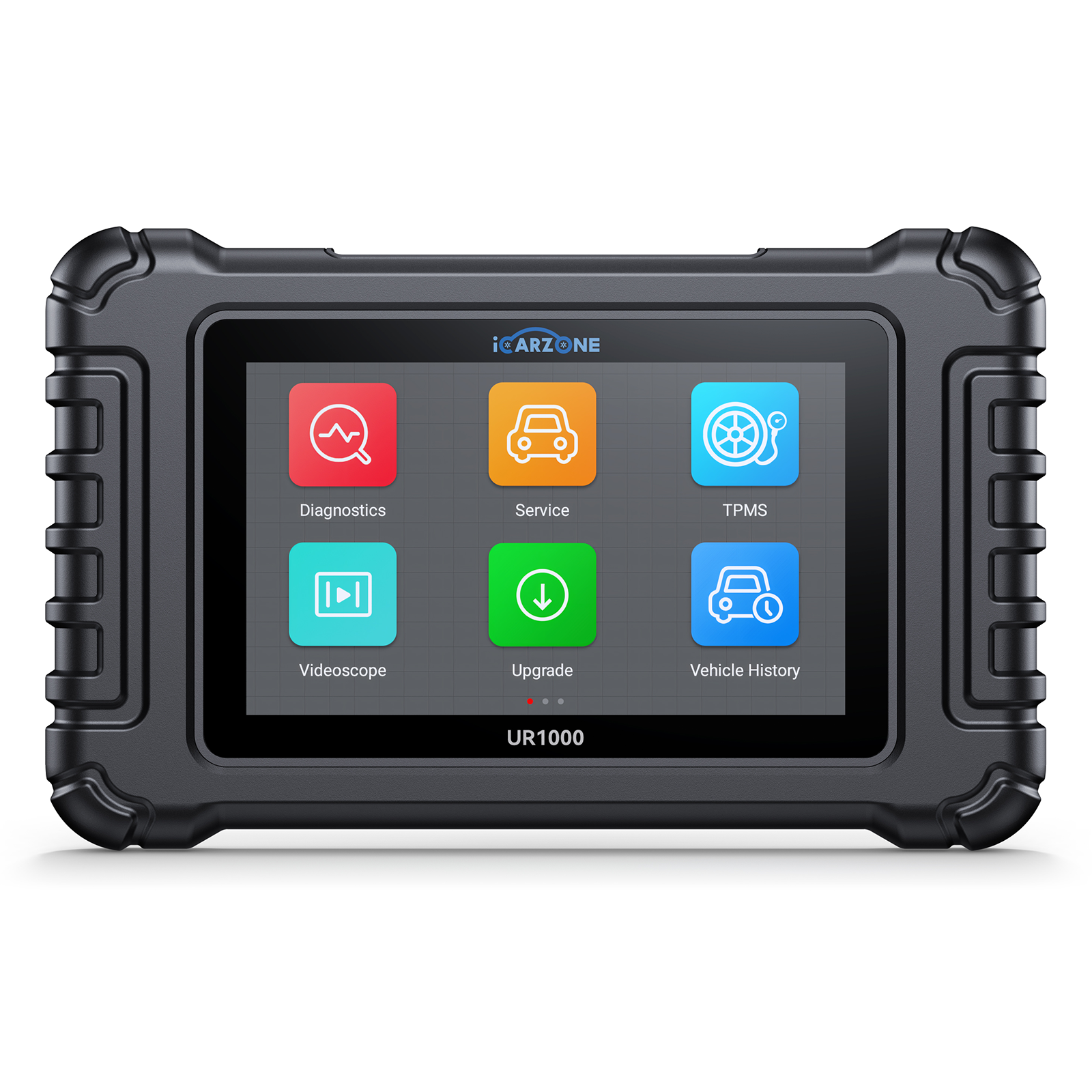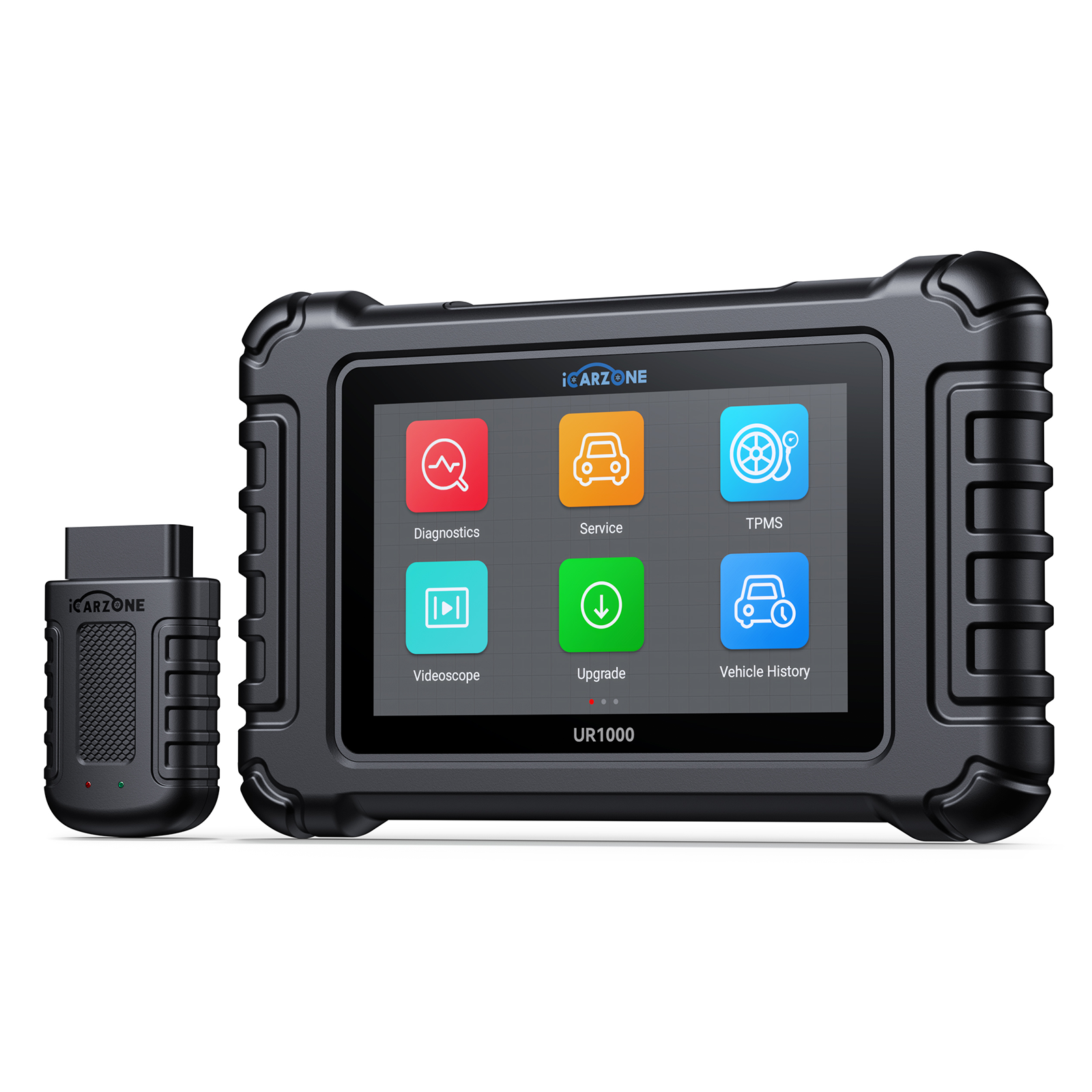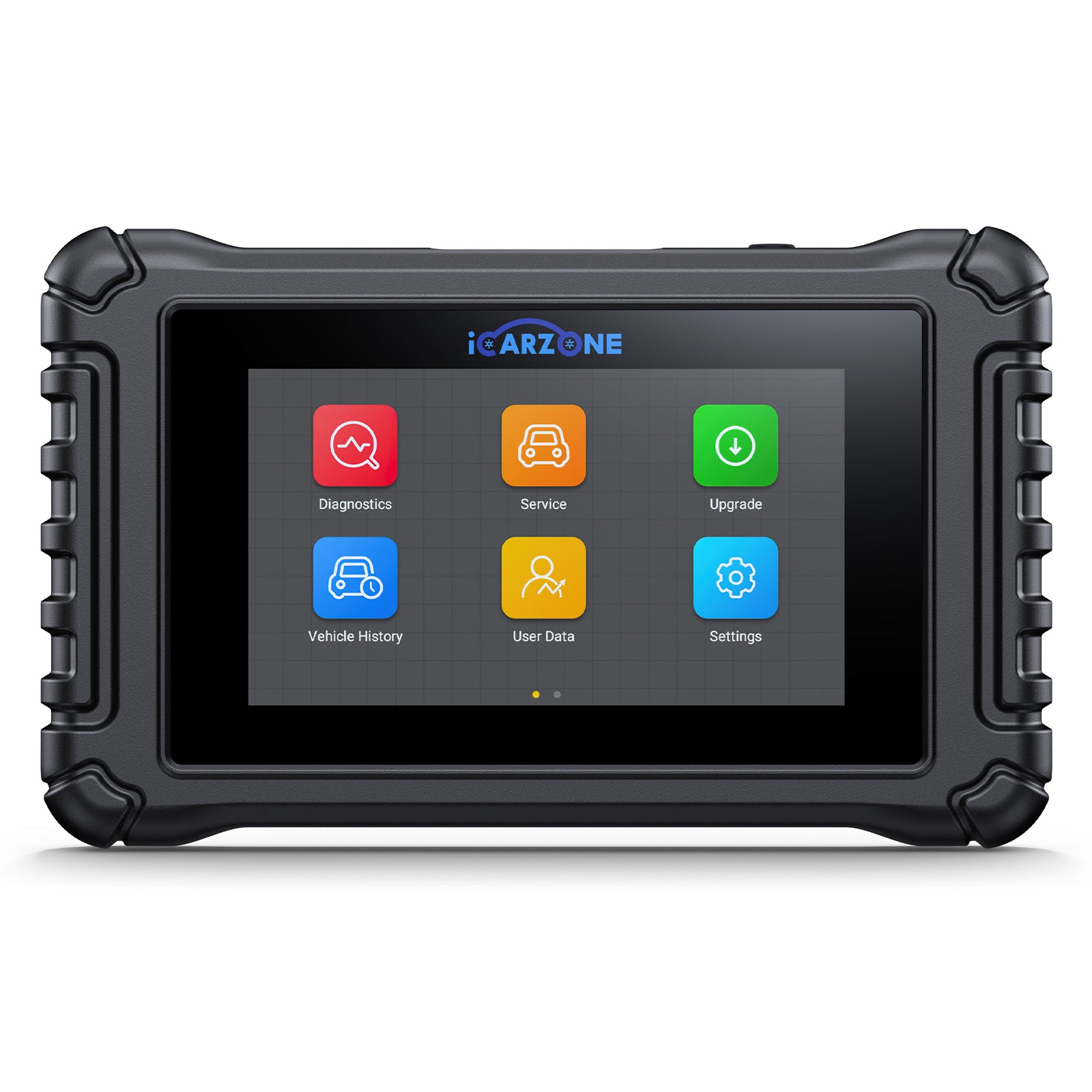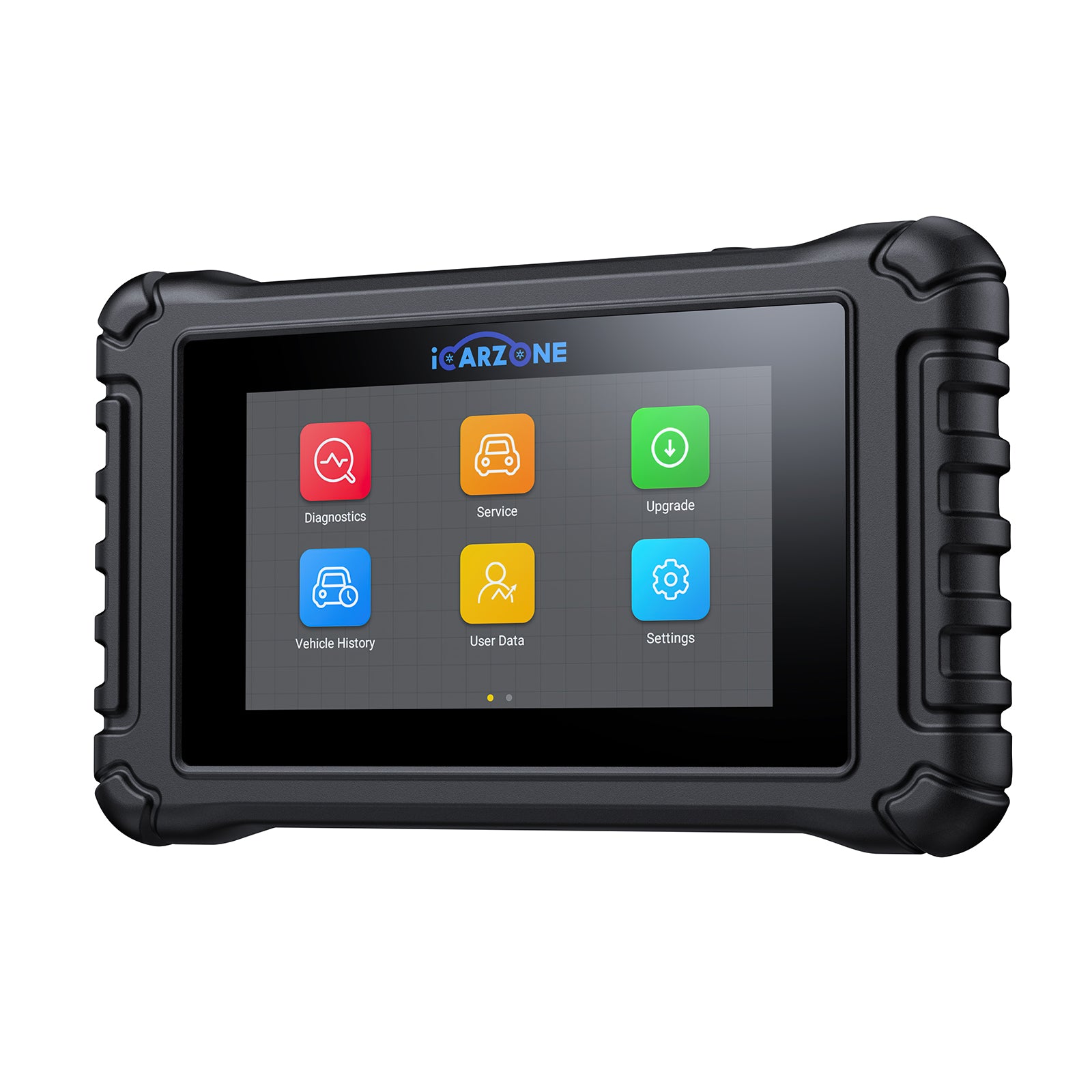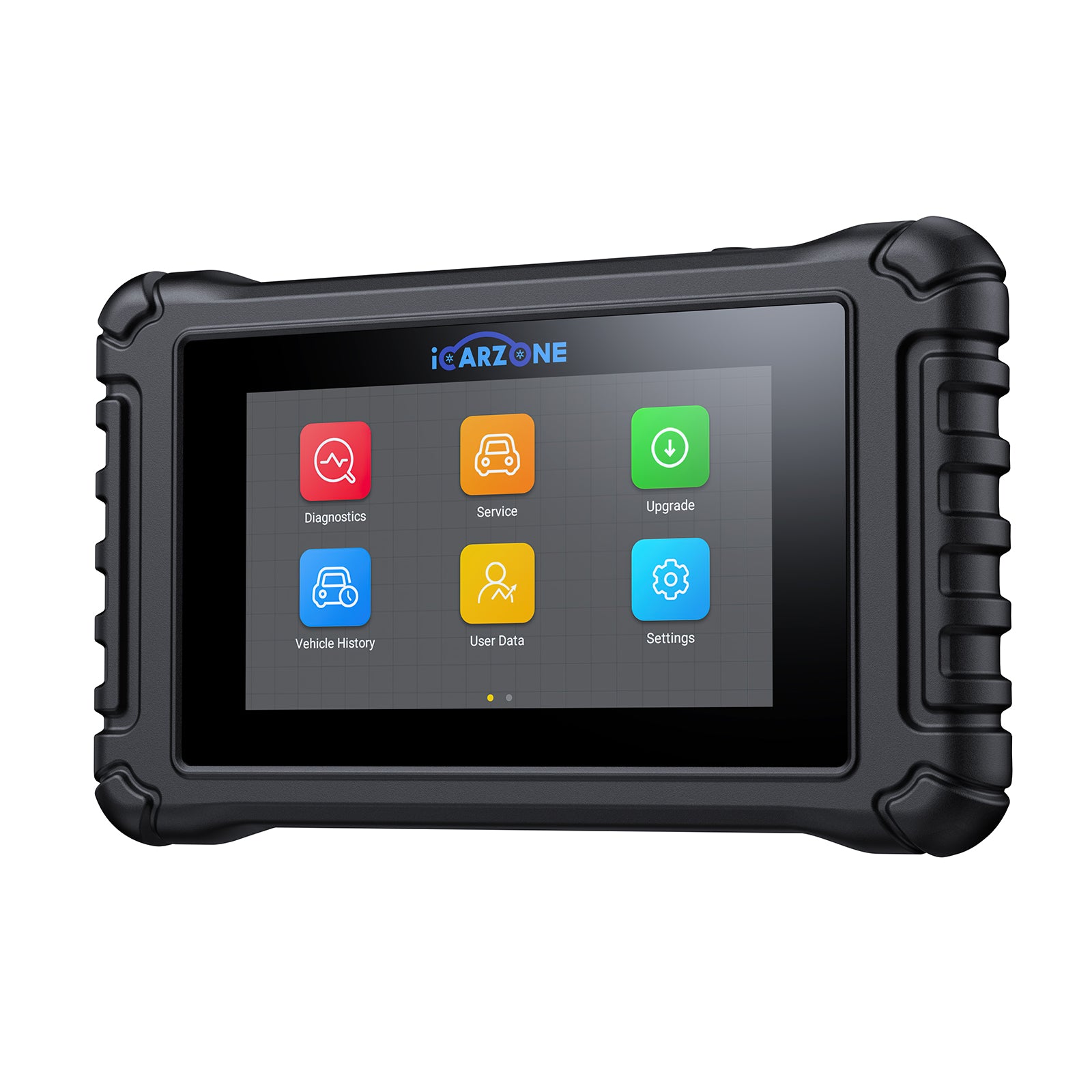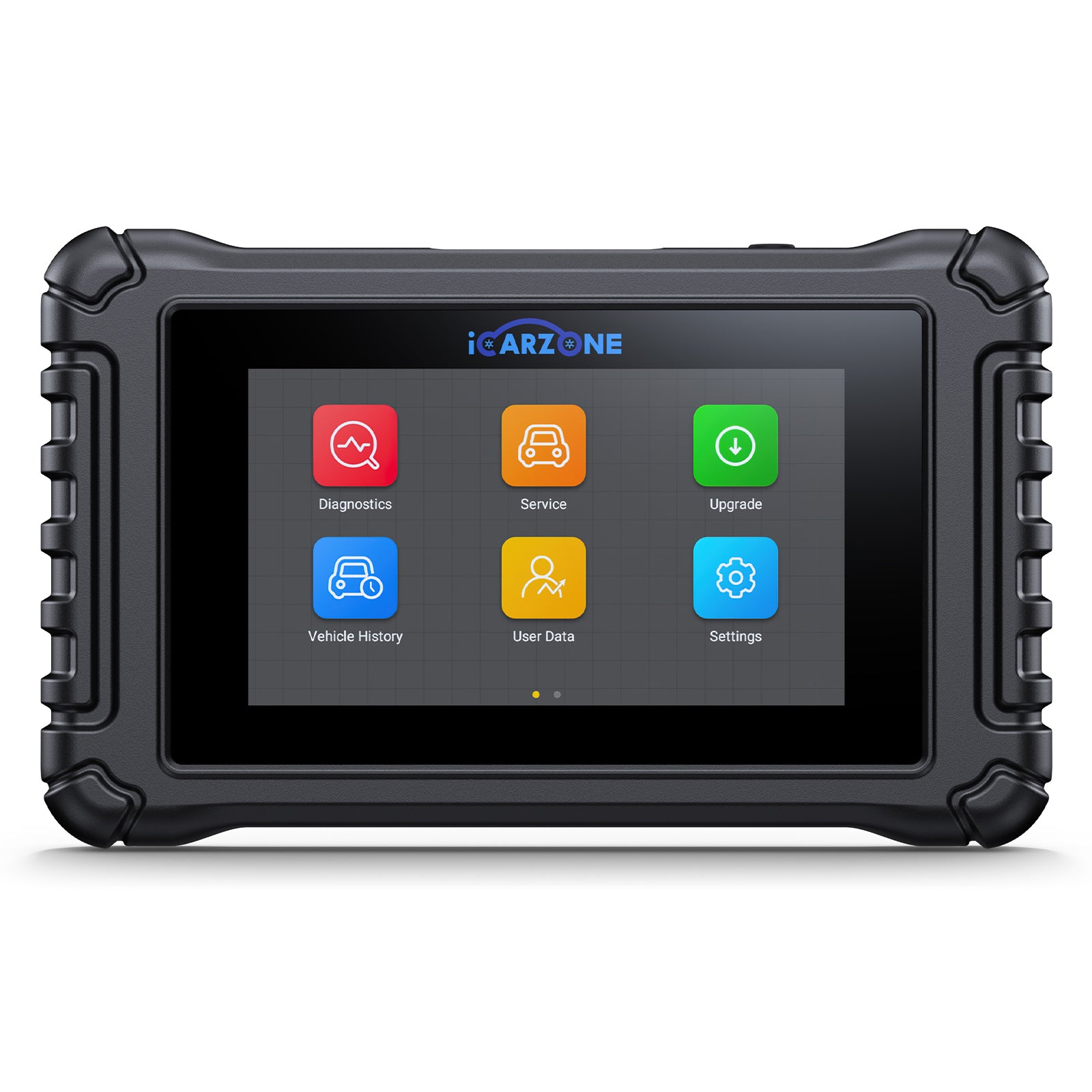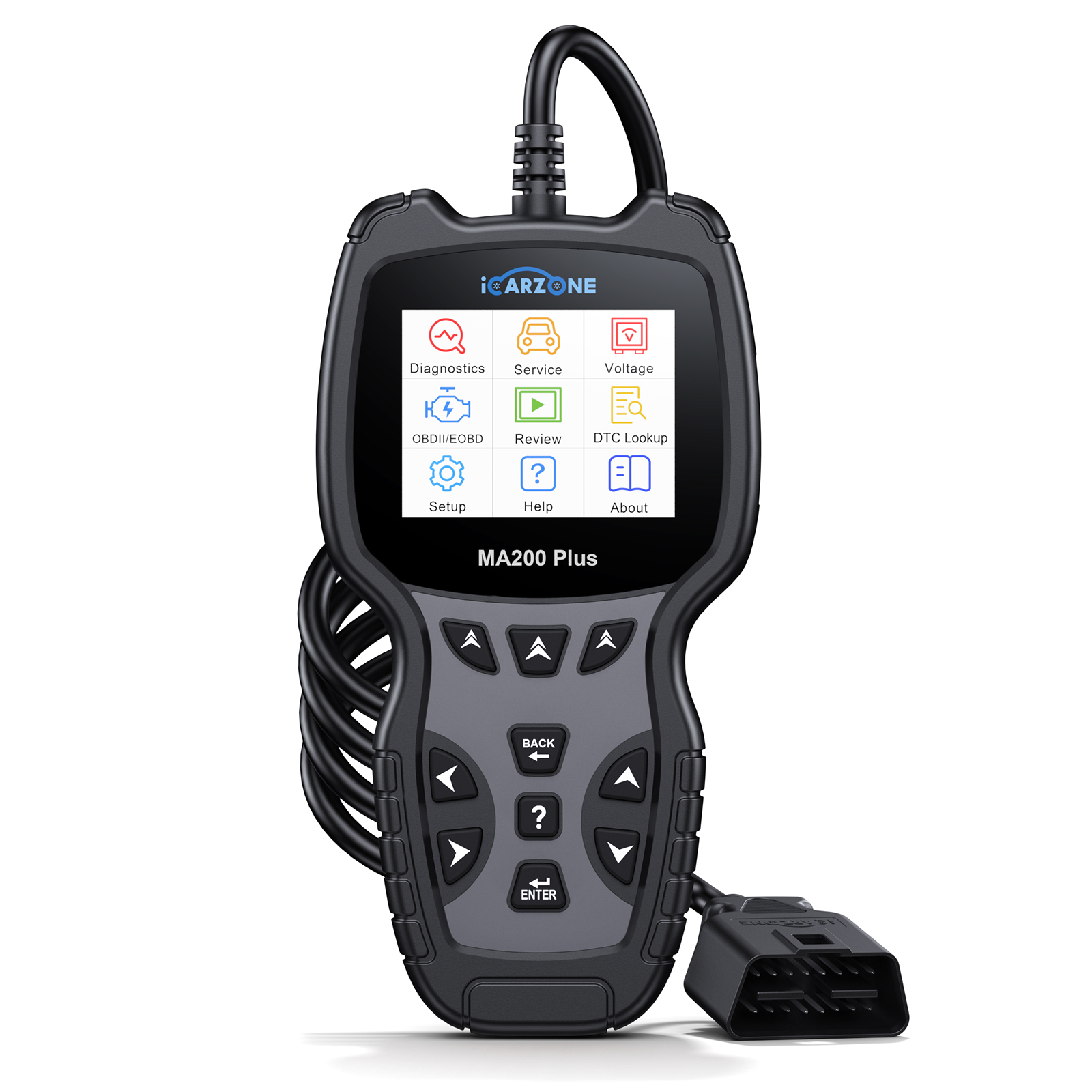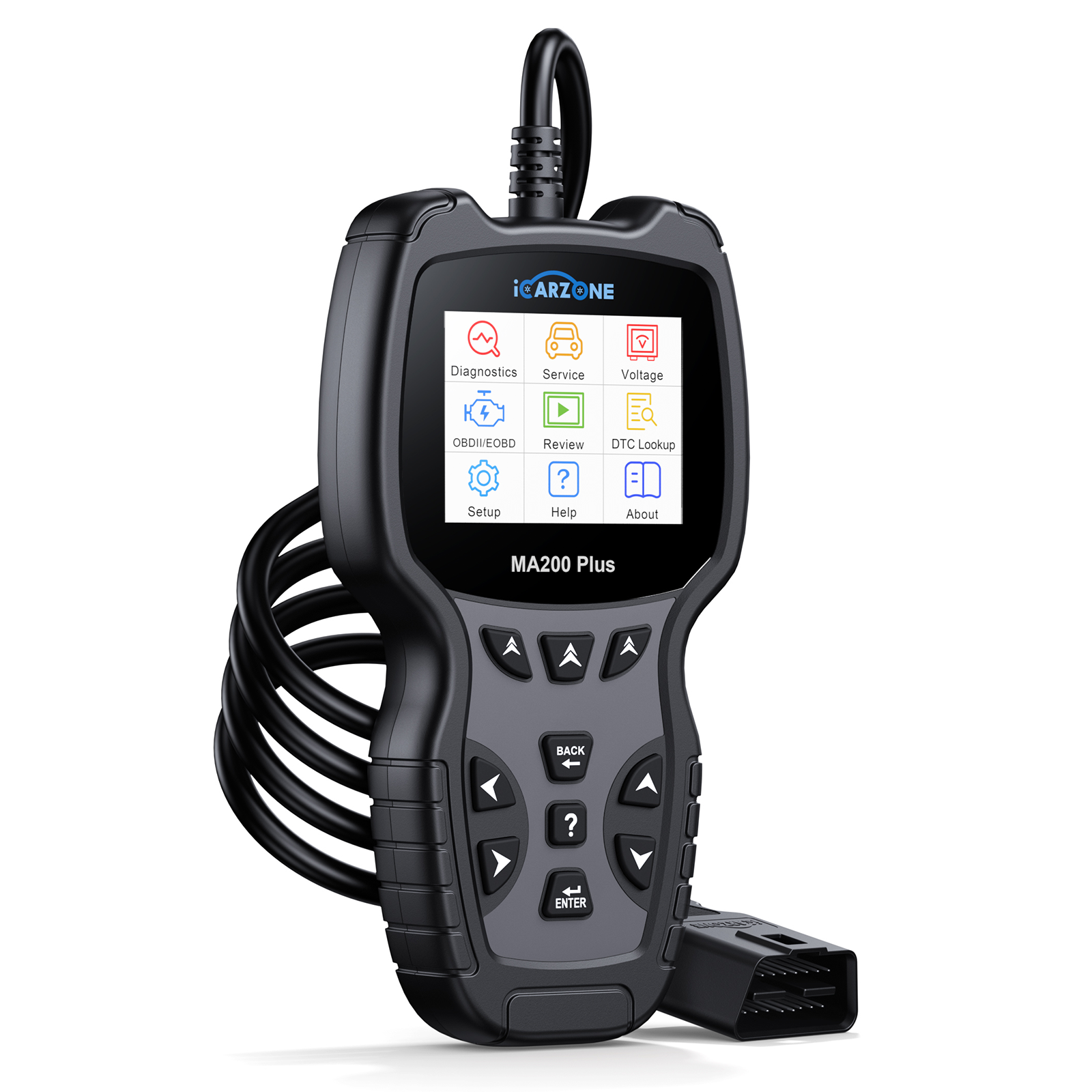P0115 in Toyota Corolla: Fix ECT Sensor Issues with UR800 [2025 Guide]
![P0115 in Toyota Corolla: Fix ECT Sensor Issues with UR800 [2025 Guide]](http://icarzone.com/cdn/shop/articles/37.png?crop=center&height=1370&v=1756429167&width=2000)
Table of Contents
- 1. What Is P0115 Code in Toyota Corolla?
- 2. Common Causes of P0115 in Toyota Corolla Models
- 3. Symptoms of P0115 in Toyota Corolla
- 4. How Serious Is the P0115 Issue?
- 5. P0115 Trends in Specific Toyota Corolla Years
- 6. Can You Drive with P0115 in Your Toyota Corolla?
- 7. Best Fixes for P0115 in Toyota Corolla
- 8. Diagnosing P0115 with UR800 Diagnostic Tool
- 9. Cost to Repair P0115 in Toyota Corolla
- 10. Repair Video Tutorials for Toyota Corolla Owners
- 11. Preventive Measures for Toyota Corolla Coolant Systems
- 12. Frequently Asked Questions
The P0115 code is a prevalent diagnostic trouble code in Toyota Corolla vehicles, indicating an issue with the engine coolant temperature (ECT) sensor circuit. This problem frequently affects popular models like the 2014-2020 Toyota Corolla P0115, Toyota Corolla LE P0115, and Toyota Corolla SE P0115. In this guide, we’ll explore model-specific causes, symptoms, and solutions, with expert tips on using tools like the iCarzone UR800 for accurate diagnosis.
1. What Is P0115 Code in Toyota Corolla?
The P0115 code in Toyota Corolla vehicles signals a malfunction in the engine coolant temperature (ECT) sensor circuit. The ECT sensor monitors coolant temperature and sends data to the Engine Control Module (ECM), which uses this information to regulate fuel injection, ignition timing, and emissions systems.
In Toyota Corolla’s 1.8L 2ZR-FE and 2.0L M20A-FKS engines, the ECT sensor is critical for maintaining optimal performance, especially during cold starts and warm-up cycles.
Note: P0115 specifically refers to a general circuit malfunction, distinguishing it from related codes like P0116 (ECT sensor rationality) or P0117 (ECT sensor low voltage) commonly seen in Corolla models.

2. Common Causes of P0115 in Toyota Corolla Models
Several Toyota Corolla-specific factors can trigger P0115:
- Failed ECT Sensor: Most common in 2014-2019 Toyota Corolla P0115 models, where sensor degradation occurs around 80,000-100,000 miles due to coolant exposure.
- Damaged Wiring Harness: The sensor’s wiring near the engine block is prone to corrosion or fraying in Corollas, especially those driven in cold climates with road salt exposure.
- Loose or Corroded Connectors: The 3-pin connector linking the ECT sensor to the ECM often develops corrosion in Toyota Corolla Hybrid P0115 models due to higher underhood moisture.
- ECM Malfunction: Rare but possible in 2020+ Toyota Corolla P0115 cases, where software glitches misinterpret sensor data.
- Coolant Contamination: Using incorrect coolant types (not Toyota Super Long Life Coolant) can accelerate sensor failure in Corolla’s aluminum engine blocks.

3. Symptoms of P0115 in Toyota Corolla
Toyota Corolla owners typically notice these specific symptoms when P0115 is present:
- Illuminated Check Engine Light: Often the first sign, appearing as a steady glow in Corolla’s instrument cluster.
- Poor Cold-Start Performance: Toyota Corolla P0115 models struggle to start in cold weather due to incorrect fuel mixture calculations.
- Increased Fuel Consumption: Owners report 10-15% lower MPG, particularly noticeable in highway driving for Corolla LE models.
- Erratic Temperature Gauge: Gauge may stay on "cold" or fluctuate unexpectedly, common in 2016 Toyota Corolla P0115 variants.
- Failed Emissions Tests: Due to improper fuel injection timing, critical for passing inspections in states like California.
- Reduced Engine Performance: Hesitation during acceleration, especially in Toyota Corolla SE P0115 sport trim models.
4. How Serious Is the P0115 Issue?
While P0115 isn’t immediately dangerous, prolonged忽视 in Toyota Corolla can lead to significant issues. The ECM relies on ECT data to prevent engine overheating by activating the cooling fan—without accurate readings, your Corolla may overheat, risking head gasket damage.
Additionally, P0115 in Corolla’s 1.8L engine can cause improper fuel enrichment, leading to carbon buildup on valves and pistons over time, especially in high-mileage examples.
5. P0115 Trends in Specific Toyota Corolla Years
Certain Corolla generations show higher P0115 incidence:
- 2014-2018 Corolla (E170): 1.8L 2ZR-FE engines have 42% higher P0115 rates due to sensor design prone to coolant leaks around the housing.
- 2019-2020 Corolla (E210): Early E210 models experienced wiring harness issues causing P0115, resolved in 2021+ production.
- Corolla Hybrid (2016-2020): Hybrid variants show 30% more P0115 cases due to additional thermal cycling from the hybrid system.
- Corolla SE (2017-2020): Sport trim models with manual transmission report more sensor failures from increased engine vibration.
6. Can You Drive with P0115 in Your Toyota Corolla?
Short-term driving with P0115 is possible in Toyota Corolla if no overheating occurs, but not recommended for extended periods. For daily commutes under 20 miles, you may safely drive while arranging repairs.
However, avoid highway driving or heavy loads in Toyota Corolla P0115 models, as the risk of overheating increases. If you notice temperature gauge spikes, pull over immediately to prevent engine damage.
7. Best Fixes for P0115 in Toyota Corolla
Effective solutions tailored to Toyota Corolla:
- ECT Sensor Replacement: Primary fix for 2014-2019 Toyota Corolla P0115—use OEM Toyota part #89422-02020 for proper calibration.
- Wiring Harness Repair: Essential for 2019 Corolla P0115 models with frayed wires near the thermostat housing.
- Connector Cleaning: Apply electrical contact cleaner to the 3-pin connector in Corolla Hybrid P0115 to resolve corrosion issues.
- ECM Software Update: Toyota released TSB (Technical Service Bulletin) EG039-19 to address P0115 in 2019-2020 Corollas via dealer reprogramming.
- Coolant System Flush: Replace with Toyota Super Long Life Coolant after sensor replacement to prevent future failures.
8. Diagnosing P0115 with UR800 Diagnostic Tool
The iCarzone UR800 simplifies P0115 diagnosis in Toyota Corolla:
- Connect UR800 to your Corolla’s OBD-II port (under dashboard, near steering column).
- Select "Toyota" > "Corolla" > your specific model year and engine (2ZR-FE or M20A-FKS).
- Run a full system scan to confirm P0115 and check for related codes (common: P0116, P0128).
- Access live data to monitor ECT sensor readings—should range from 10°C (cold) to 100°C (operating temp).
- Use the UR800’s built-in oscilloscope function to test sensor circuit continuity (critical for wiring issues).
- Compare readings to Toyota’s specification (0.5V at 100°C, 4.5V at 0°C) to confirm sensor malfunction.
The UR800’s Toyota-specific diagnostic protocols make it far more accurate than generic scanners for Corolla P0115 issues.
Ready to Diagnose Your Toyota Corolla P0115?
Get UR800 for Toyota Corolla Diagnosis
9. Cost to Repair P0115 in Toyota Corolla
Repair costs for Toyota Corolla P0115:
- OEM ECT sensor replacement: $40–$70 (part only)
- Wiring harness repair: $80–$150 (parts + labor)
- ECM reprogramming: $100–$180 at dealerships
- Professional diagnosis: $80–$120 (can be avoided with UR800)
- Total DIY repair: $40–$70 (sensor only) + tools
- Shop repair: $150–$250 (parts + labor)
Costs are similar across Corolla trims (LE, SE, XLE) but may be higher for Hybrid models due to additional components.
10. Repair Video Tutorials for Toyota Corolla Owners
Search YouTube for these Corolla-specific guides:
- "How to Fix P0115 in 2014-2018 Toyota Corolla (2ZR-FE Engine)"
- "Toyota Corolla ECT Sensor Replacement - P0115 Code Fix"
- "Diagnosing P0115 in Toyota Corolla with UR800 Tool"
- "2019-2020 Corolla P0115 Wiring Harness Repair Guide"
11. Preventive Measures for Toyota Corolla Coolant Systems
Avoid P0115 in your Toyota Corolla with these steps:
- Use only Toyota Super Long Life Coolant (pink) to prevent sensor corrosion.
- Replace coolant every 100,000 miles or 10 years, per Toyota’s maintenance schedule.
- Inspect ECT sensor wiring during oil changes for signs of damage or corrosion.
- Clean the sensor connector annually with electrical contact cleaner, especially in humid climates.
- Avoid short trips that prevent the engine from reaching operating temperature regularly.
- Address check engine lights immediately to prevent secondary ECM issues.
Tip: For 2014-2020 Toyota Corolla owners, proactively replacing the ECT sensor at 80,000 miles can prevent unexpected P0115 failures, especially before winter months when sensor performance is critical.
12. Frequently Asked Questions
Will P0115 affect my Toyota Corolla’s warranty?
No, but unaddressed P0115 can cause overheating damage that might void powertrain warranty coverage. Repair promptly if under warranty.
Can I use an aftermarket ECT sensor for my Corolla P0115?
While possible, OEM sensors are recommended for Toyota Corolla P0115 as aftermarket versions often have calibration issues with Corolla’s ECM.
How does UR800 help diagnose P0115 in older Corollas?
The UR800 supports all Corolla models back to 1996, providing ECT sensor data and circuit tests specific to each generation’s electrical system.
Can low coolant cause P0115 in my Toyota Corolla?
Yes, low coolant levels can expose the sensor to air, causing erratic readings. Always check coolant levels first when P0115 appears.
Is P0115 common in high-mileage Corollas?
Yes, P0115 becomes more prevalent in Corollas with over 100,000 miles due to natural sensor degradation from heat and coolant exposure.
Fix Your Toyota Corolla P0115 Today with UR800



